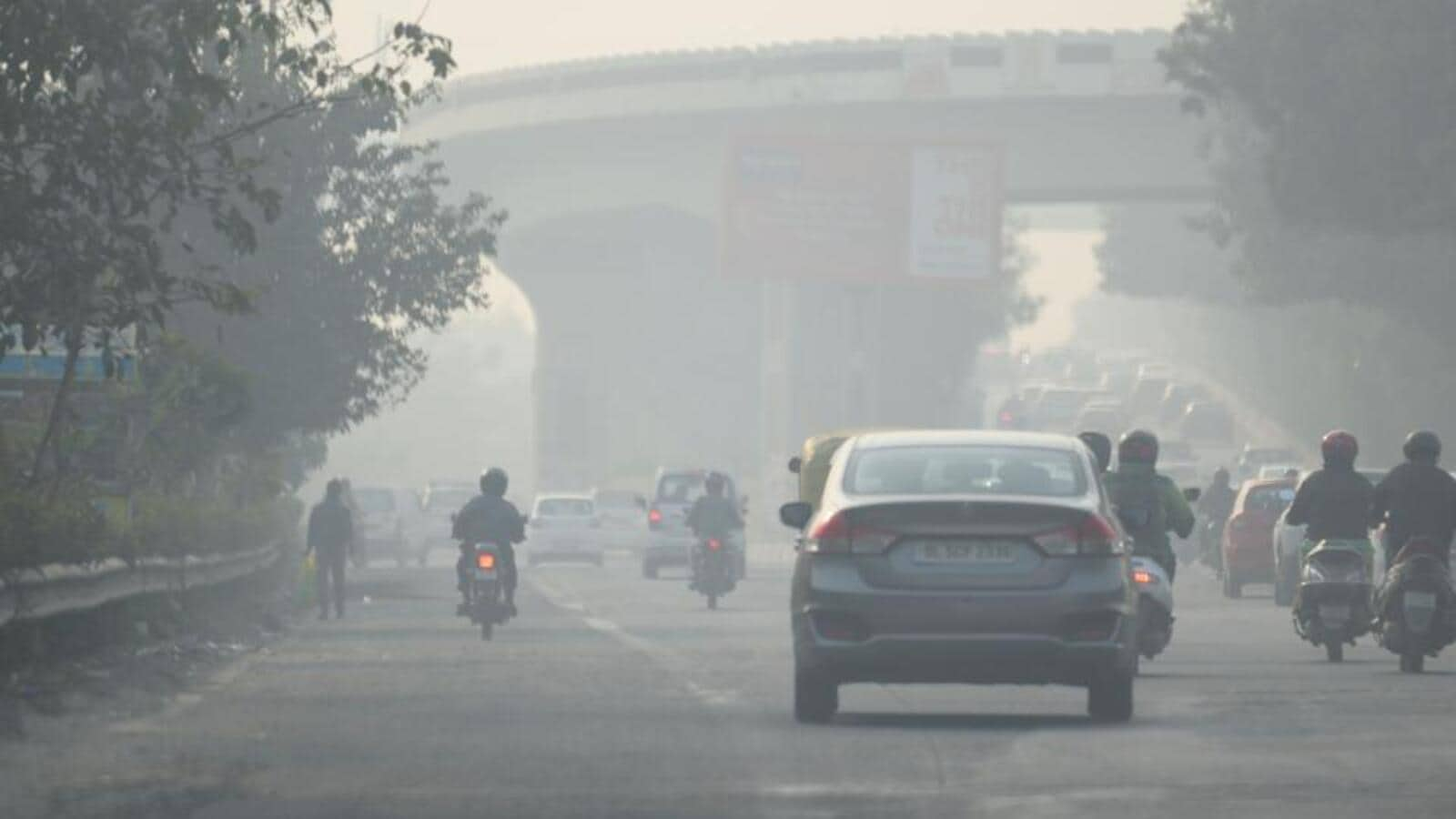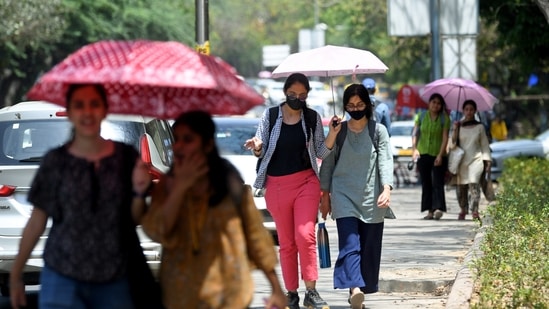The Capital’s five-day streak of “severe” air finally broke on Thursday giving some relief – at least in relative terms – to millions of citizens as fast winds and drop in intensity of fog allowed sunlight to pierce through the haze for the first time in days.

The average Air Quality Index (AQI) fell to 371 (”very poor”) on Thursday at 4pm, when the Central Pollution Control Board (CPCB) releases its national bulletin — an improvement from Wednesday’s reading of 419 (“severe”) at the same time.
This snapped a five-day streak of “severe” air which saw Delhi’s AQI soar to 494 (severe) on Monday — its joint second highest ever.
Forecasts by the Centre’s Early Warning System for Delhi (EWS) suggest that with only shallow to moderate fog expected in the coming days, the air quality is likely to hover in the “very poor” category through Sunday.
CPCB classifies AQI between 0-50 as “good”, between 51 and 100 as “satisfactory”, between 101 and 200 as “moderate”, between 201 and 300 as “poor”, between 301 and 400 as “very poor”, and over 400 as “severe”.
On Thursday, Delhi’s 24-hour average AQI, calculated from 35 of its 40 monitoring stations, identified PM2.5 as the primary pollutant of the day, pointing to combustion sources as the dominant contributor. At 4pm, only six stations remained in the “severe” category, with Jahangirpuri recording the highest AQI at 433. Twenty-eight stations were in the “very poor” range, and Lodhi Road (297) was the sole location in the “poor” zone, data showed.
The improvement in air quality followed a period of dense fog earlier in the week that had exacerbated pollution levels.
On Monday, an “inversion” phenomenon kept pollutants trapped near the surface, as calm winds and low temperatures combined with persistent fog to block sunlight from warming the ground. This inversion began easing on Tuesday, and by Wednesday evening, winds picked up enough to disperse pollutants, allowing Thursday’s relative relief.
“Winds began picking up on Wednesday evening and the wind speed remained sufficient for dispersion of pollutants on Thursday. Shallow fog means we are also able to see sunshine during the day, which further allows pollutants to disperse,” said Mahesh Palawat, vice president at Skymet meteorology.
However, experts caution that the relief may be temporary.
Priyanka Singh, programme lead, council on energy, Environment and Water (CEEW) said even though meteorological conditions were becoming favourable and the stubble burning season was easing slightly, a dip in minimum temperature may now lead to instances of increased biomass burning for heating at night. “RWAs must therefore adhere to the mandate of the CAQM to provide heaters to their security staff. Additionally, authorities must strictly monitor and take measures to curb open burning,” she said.
Delhi’s AQI had been severe since November 16, making it five consecutive days till Wednesday. On November 15, the average AQI was 396 (very poor). In December 2021 (21-26) and November 2020 (5-10), Delhi had recorded six consecutive severe days. The longest streak of seven days meanwhile came in both November 2017 (7-13) and November 2016 (5-11).
Data from the Decision Support System (DSS) meanwhile showed the contribution of farm fires to Delhi’s PM 2.5 concentration to be 17.37% on Wednesday. It was 22.10% on Tuesday.
Meanwhile, also on Thursday, the Department of Personnel and Training (DoPT) issued an order, asking central government offices to follow staggered timings in view of the high pollution.
“In view of severe plus air pollution levels in Delhi, the ministries, departments and organisations (MDOs) of the Central government are hereby advised to adopt the following measures in respect of offices located in Delhi/NCR…” the order stated, adding that central government staff needed to either follow staggered office timings of 9am to 5.30pm or 10am to 6.30pm.











Leave a Reply